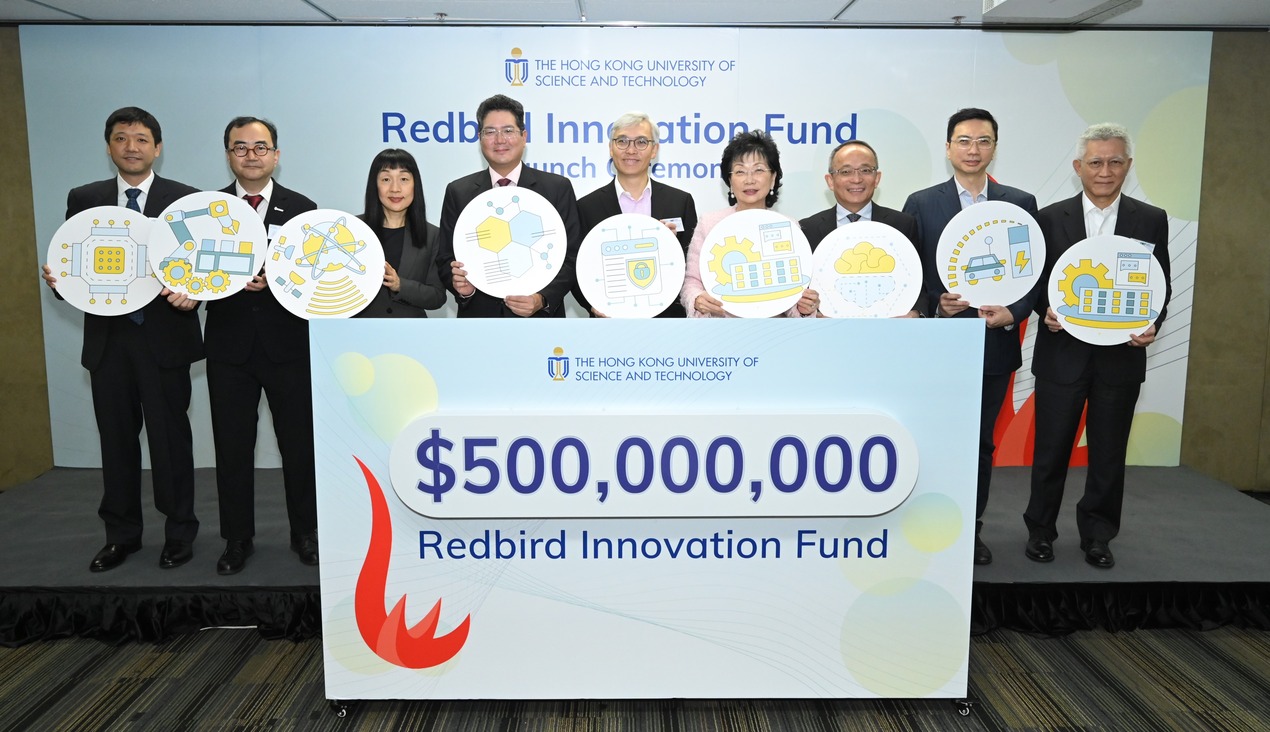
|
Getting your Trinity Audio player ready...
|
Sensor-based decision-making has long been the cornerstone of robotics, propelling machines through environments by relying on discrete inputs. While machines excel in processing specific inputs, they fall short in recreating the intricate synergy witnessed in human perception. However, recent strides in artificial intelligence, particularly in the realm of sensor integration, have sparked a paradigm shift, challenging the traditional linear approach to decision-making in robotics.
In the realm of robotics, sensor-based decisions traditionally follow a linear path. However, a pioneering development by Penn State researchers, led by Saptarshi Das, is rewriting the rules of artificial intelligence. The creation of the inaugural artificial, multisensory integrated neuron aligns with the complex and interconnected nature of biological systems.
Their work challenges the traditional approach to robotics, aspiring to bridge the gap between the compartmentalised sensor-based decision-making in machines and the comprehensive integration of senses in the human brain. It delves into understanding and replicating the biological synergy of sensory inputs that collectively form human perception.
The underlying idea behind their innovation is to create an artificial neuron that mirrors the function of biological neurons in the human brain. Neurons in the human brain are not independent entities. However, they work collectively, communicating and sharing information to process a comprehensive understanding of the world.
In contrast, conventional artificial intelligence relies on a hierarchical structure, where sensors feed information to a central unit that then makes decisions. Its approach lacks the nuanced interplay seen in biological systems. This conventional method tends to consume more energy, especially when dealing with faint or ambiguous inputs.
The new paradigm proposed by Das and his team seeks to create a system where the various sensors directly communicate with each other, mirroring the complex network of biological neurons. By allowing these sensors to interact and exchange information, akin to different senses working in tandem, the goal is to enable more nuanced decision-making in AI systems.
For instance, in an autonomous vehicle, instead of a centralised system receiving inputs from sensors about obstacles and light intensity, the sensors might directly influence each other to determine the vehicle’s actions. This streamlined communication between sensors not only enhances efficiency but also mirrors the parallel processing seen in human sensory perception.
This research not only signals a technological landmark but also hints at a fundamental shift in how to approach artificial intelligence. The quest to mimic the human brain’s sensory integration offers a pathway to more adaptable, perceptive, and eco-friendly AI systems.
The potential implications of this breakthrough are vast. The envisaged artificial multisensory neuron system promises to revolutionise sensor technology, leading to eco-conscious advancements in robotics, drones, and autonomous vehicles. Picture a future where these intelligent systems navigate their surroundings with precision and consume less energy. It marks a stride toward sustainability and efficiency in artificial intelligence utilisation.
The achievements of this research not only anticipate a transformation in the technological realm but also signify the efficiency of nature and its contribution to technological progress. The endeavour to emulate nature’s sensory capabilities holds the potential for a fundamental transformation in the functioning of AI systems, ushering in an era of heightened environmental consciousness in technological innovation.
















